Are you looking for a diet that promotes weight loss while still providing essential nutrients? Then the Rainbow Diet is a fantastic option for you. Let’s explore what this diet is all about and how beneficial it can be for your health.
1. What is the Rainbow Diet?
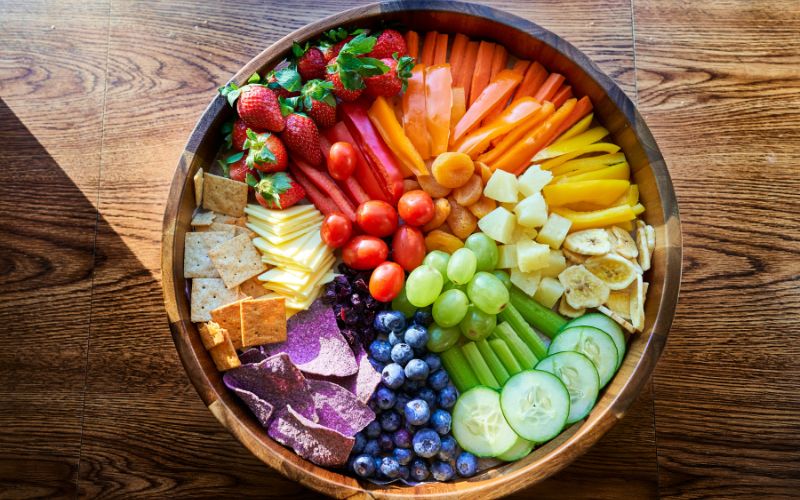 What is the Rainbow Diet?
What is the Rainbow Diet?
The Rainbow Diet is a nutritional approach that encourages the consumption of a variety of colorful foods, including red, yellow, orange, white, brown, green, blue, and purple. Effective weight management and reduced cancer risk are the most significant benefits of this diet.
2. Benefits of the Rainbow Diet
 Benefits of the Rainbow Diet
Benefits of the Rainbow Diet
According to several studies, the Rainbow Diet helps lower the risk of cancer. This is because fruits and vegetables, which are recommended for consumption, contain antioxidants and alkaline properties.
Additionally, this diet supports improved bone and joint function, treats back pain, boosts cardiovascular and brain health, and regulates blood sugar levels in the body, among other benefits.
Moreover, each color group in the Rainbow Diet provides unique nutrients to the body, helping you lose weight healthily while ensuring sufficient vitamin and antioxidant intake.
3. 5 Food Groups in the Rainbow Diet
Red Food Group
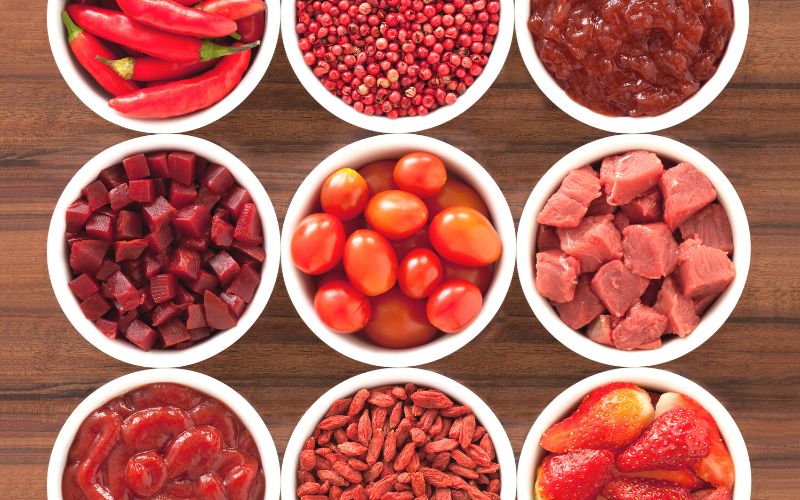 Red Food Group
Red Food Group
The red food group includes: dragon fruit, pink grapefruit, raspberries, tomatoes, watermelon, and red beets. This group is rich in antioxidants and lycopene, which help eliminate free radicals before they cause damage to tissues, thus preventing cancer.
Red foods often contain lycopene, which reduces inflammation in arteries and cardiovascular diseases. Research has shown that lycopene lowers the risk of lung, prostate, stomach, and breast cancer.
Yellow and Orange Food Group
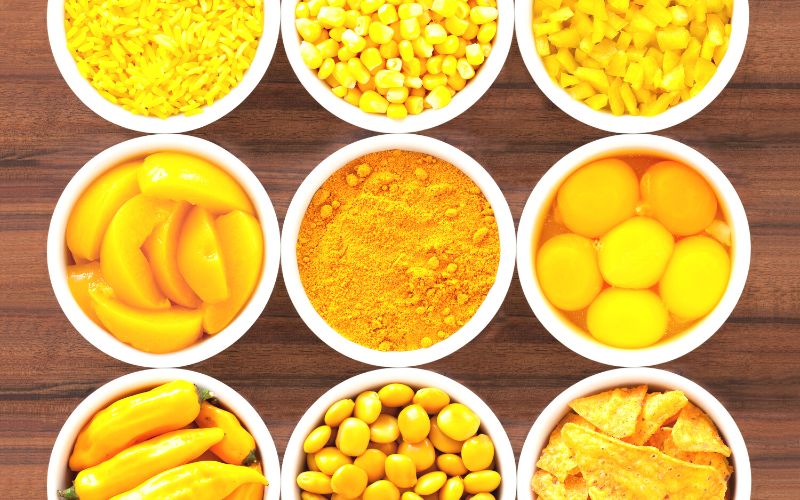 Yellow and Orange Food Group
Yellow and Orange Food Group
The yellow and orange food group includes: lemons, mangoes, oranges, papayas, peaches, pineapples, pumpkins, and sweet potatoes.
These foods contain beta-carotene and vitamin C, which help protect the skin and mucous membranes. Beta-carotene also reduces the risk of cancer, heart disease, cataracts, arthritis, and blood vessel damage.
Zeaxanthin, found in yellow and orange foods, improves vision and eye health and supports brain function.
Brown and White Food Group
 Brown and White Food Group
Brown and White Food Group
The white food group includes: cauliflower, garlic, and onions. Additionally, mushrooms, brown rice, and whole wheat bread are some brown-colored foods.
These white and brown foods are rich in plant nutrients that offer protection against various diseases. White foods help with antioxidation, boost the immune system, support heart health, and aid in liver detoxification.
Green Food Group
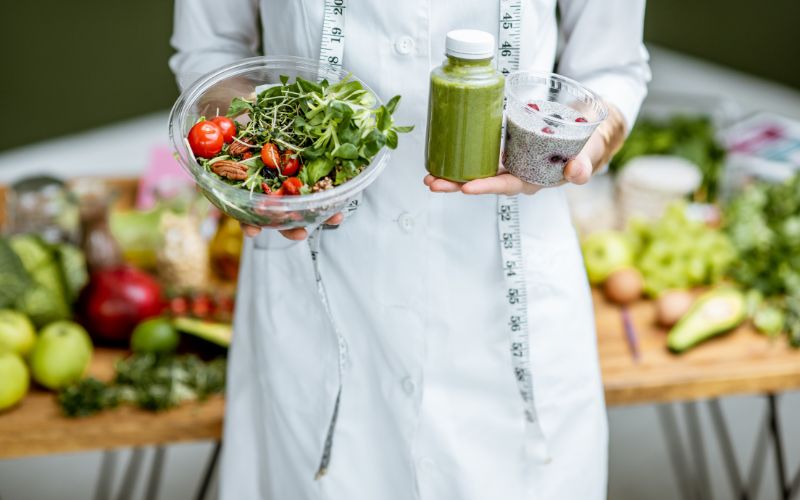 Green Food Group
Green Food Group
The green food group includes: avocados, broccoli, cabbage, celery, cucumbers, green apples, green beans, green grapes, green tea, and spinach.
Green foods are rich in chlorophyll, which reduces the risk of cancer, helps detoxify the liver, and promotes healthy weight loss. Chlorophyll also protects the skin from the harmful effects of viruses.
Blue and Purple Food Group
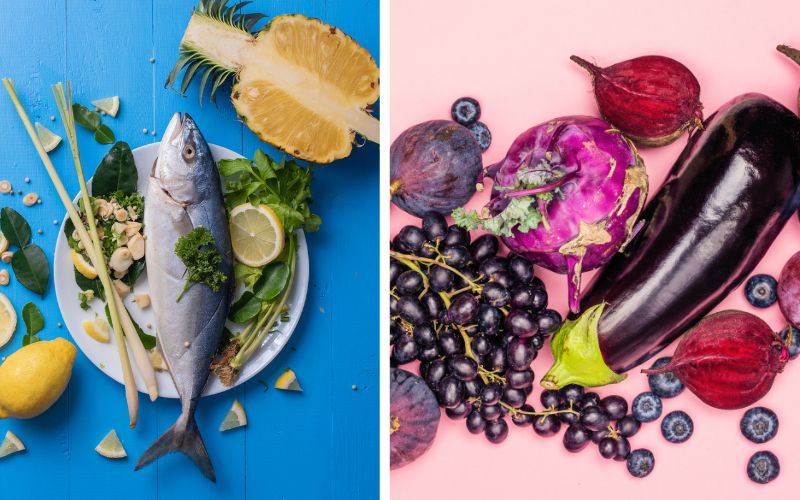 Blue and Purple Food Group
Blue and Purple Food Group
The blue and purple food group includes: black beans, blackberries, blueberries, eggplants, plums, and purple grapes.
These foods reduce the risk of cancer and are excellent for urinary tract health. Anthocyanins in this food group fight cellular damage, promote cardiovascular health, lower cholesterol, combat obesity, and enhance cognitive function.
Researchers believe that the deficiency of this flavonoid is a significant factor in the high cancer rates today. Anthocyanins prevent genetic damage, induce apoptosis in cancer cells, reduce inflammation, and inhibit cancer activity, such as uncontrolled cell growth.
We have provided valuable insights into the Rainbow Diet, which is not only beneficial for your health but also helps maintain a healthy weight. The vibrant colors of the foods also make mealtimes more enjoyable. Be sure to share this healthy diet with your friends and family!
Source: hellobacsi, in consultation with medical experts and nutritionist Vu Thi Mai Huong




































